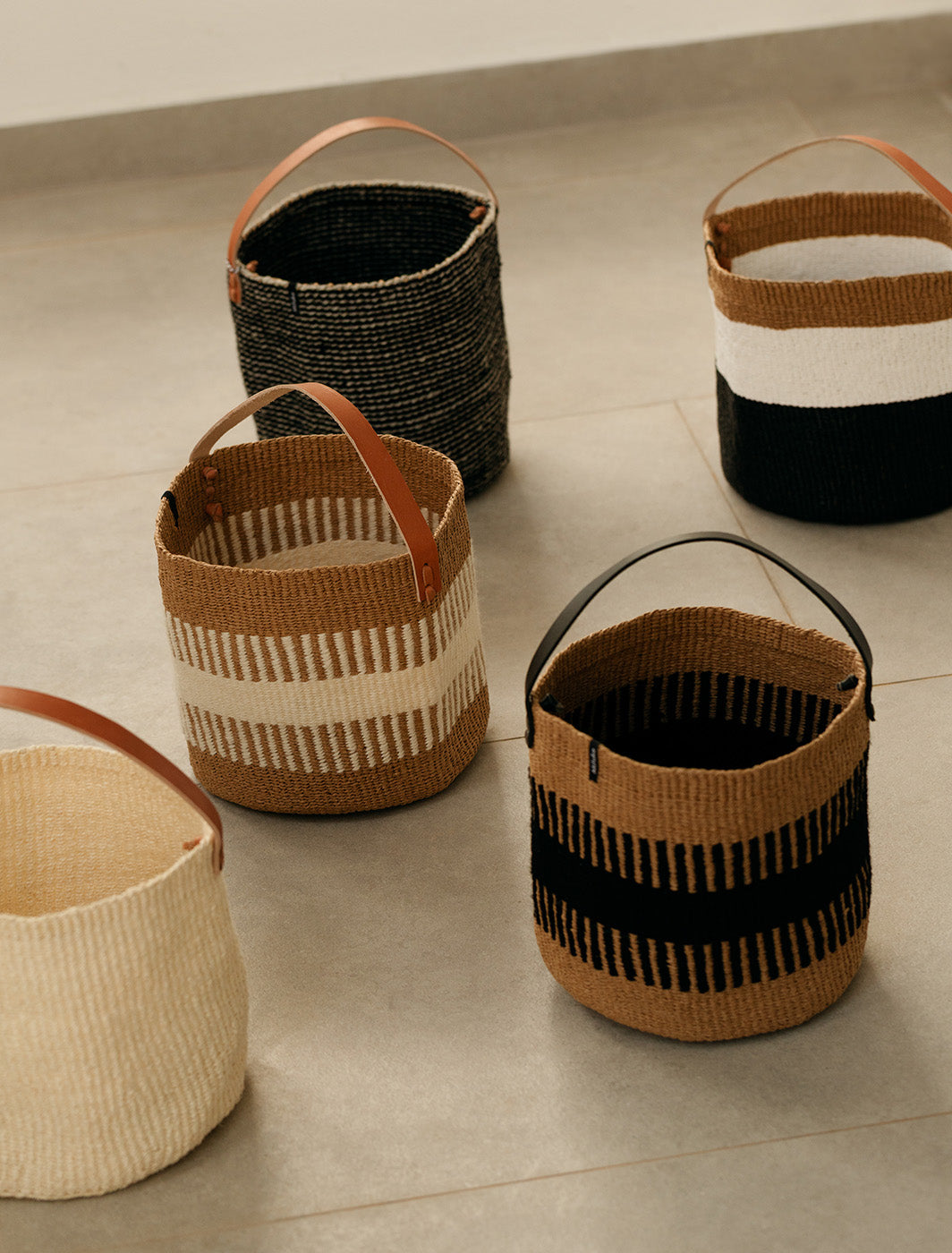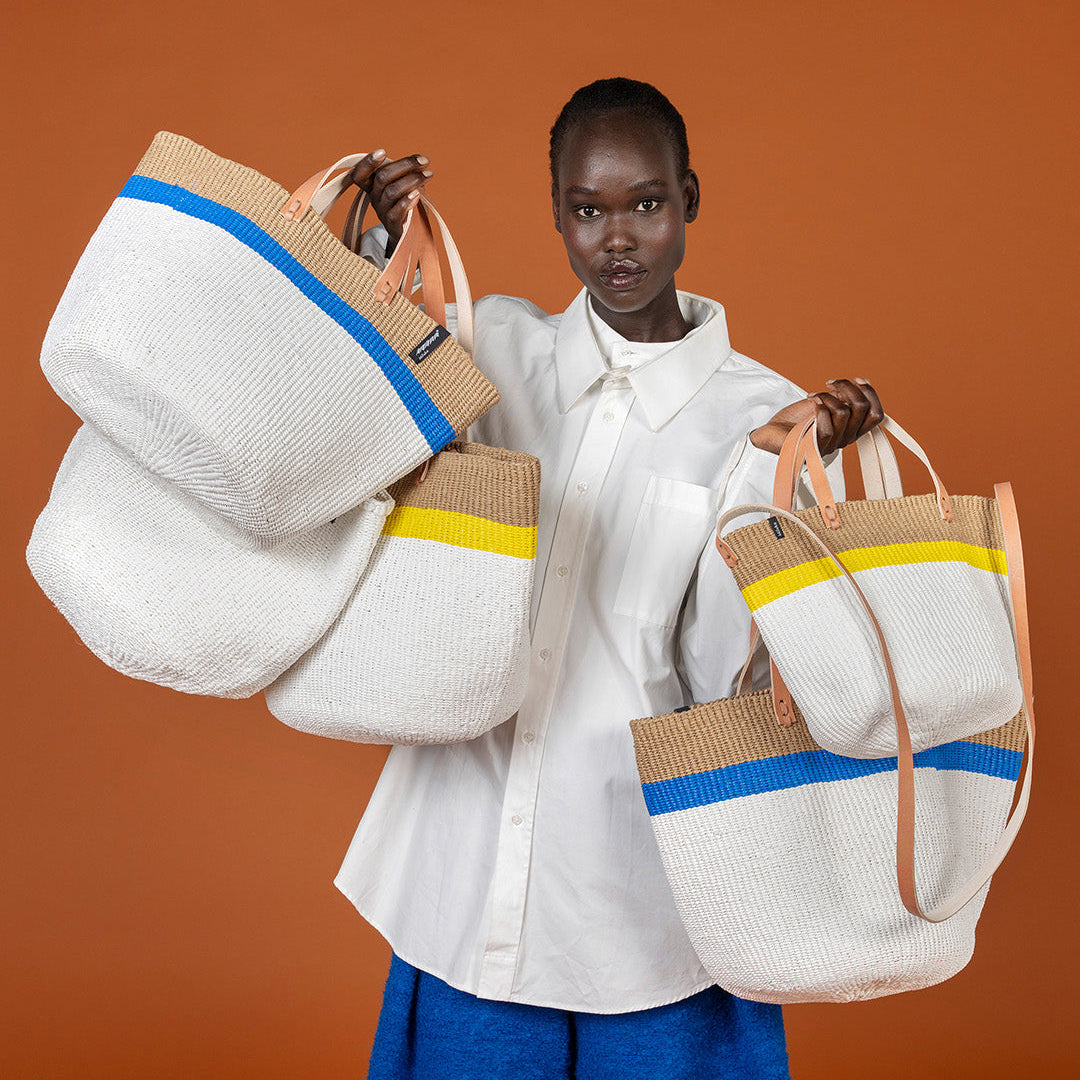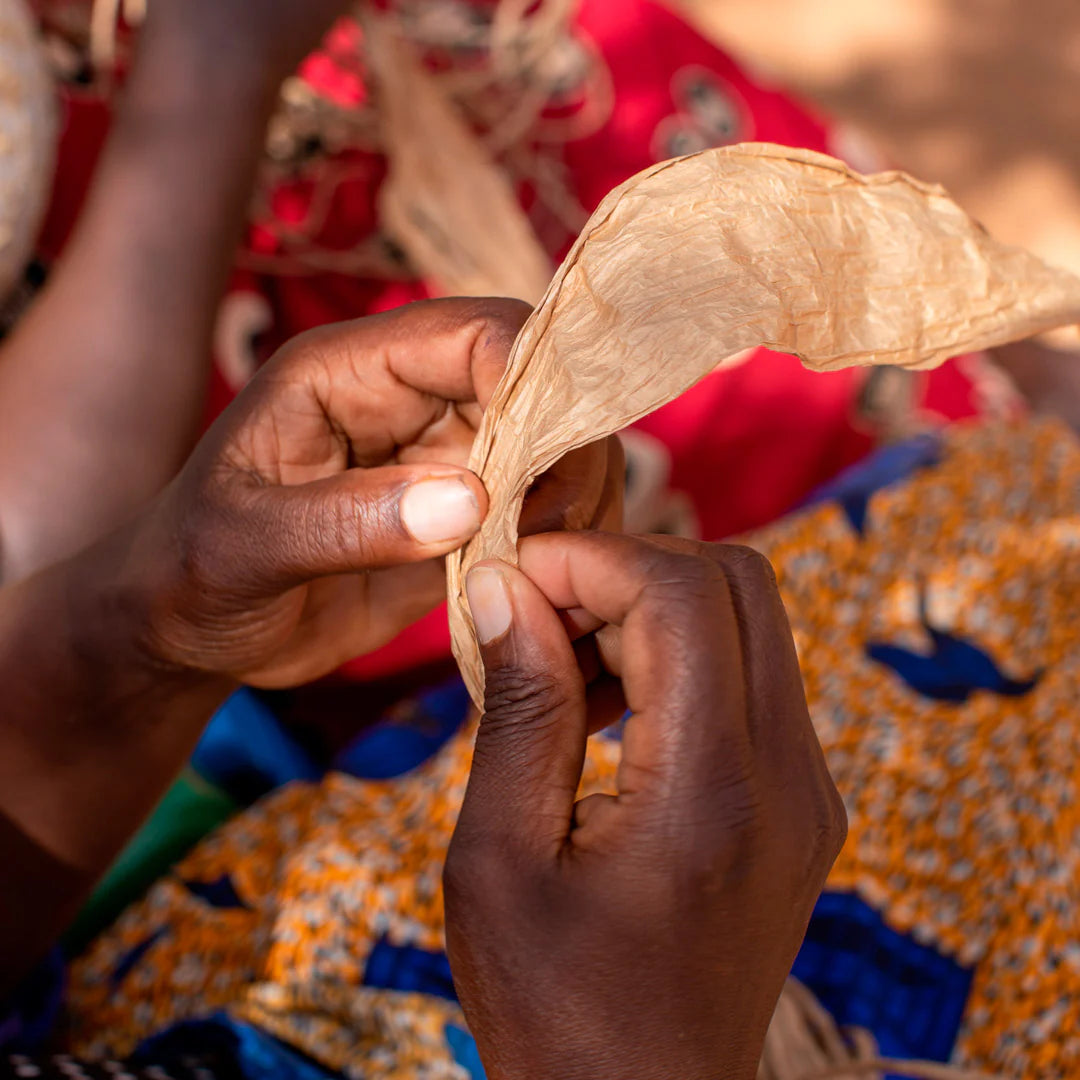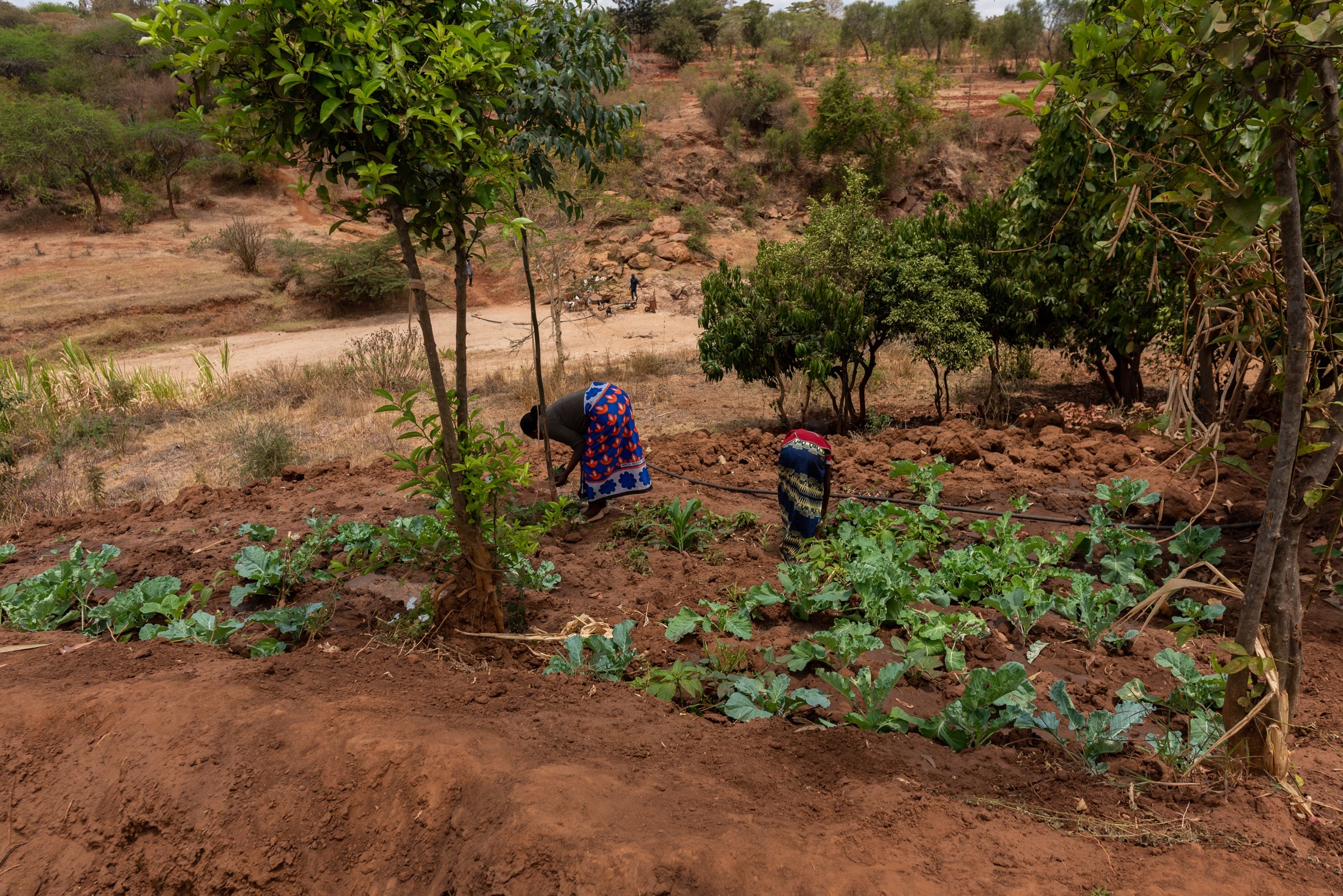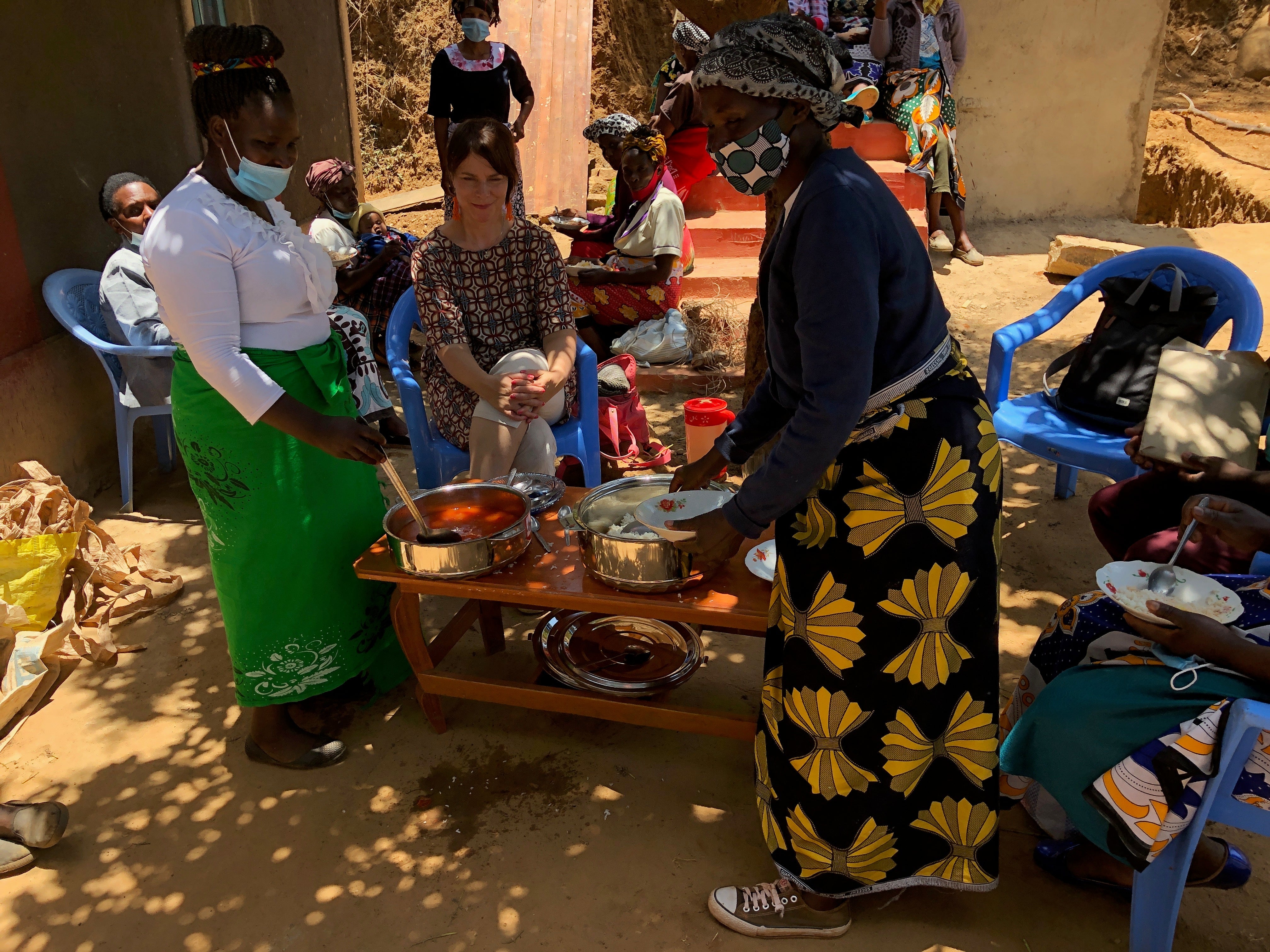In this blog our sustainable building expert Vilma Autio answers questions about the planning and building process of an accessible pilot dry toilet.
Why did WASH and Grow! build an accessible dry toilet?
The aim of the accessible latrine pilot was to enhance accessibility of the current Mifuko Trust latrine model while at the same time retaining the desirable chamber volume of at least one cubic meter and minimizing price increase.
Accessibility is considered a crucial dimension in all human-rights based WASH projects. WASH activities are traditionally designed for ‘average’ persons in communities. Consequently, a large number of people are excluded from many WASH activities and facilities. However, every community is made up of a variety of individuals with a wide range of needs. For example, approximately 15 per cent of the world’s population, 1 billion people, live with disabilities. The majority, about 80 per cent, live in the Global South. Many of them are among the poorest, most marginalised and excluded groups in their communities. Access to safe and clean water and sanitation facilities is a basic right of all people, including children, persons with disabilities and older people.
Improved access to WASH activities in community settings has a great impact on the health, hygiene, cleanliness, dignity and quality of life of persons with disabilities and other marginalised groups. Better access to such activities increases independence of marginalised persons while reducing the workload of family members in care-giving tasks. Accessible facilities are easier and safer to reach and use, resulting in a reduction of injuries. An inclusive approach can benefit diverse user groups and can offer a user-friendly and safer option for many community members.

How was the planning process?
Before revising the plans for the accessible toilet, the project team composed a best practice overview of accessible sanitation solutions by other organizations such as the Global Dry Toilet Association Finland, Disability Partnership Finland and GIZ (German Corporation for International Cooperation). The community members from various households in the project area in Makueni were also consulted. Plans for a fully accessible latrine model were then made based on these findings and they were reviewed by the beneficiaries before beginning the construction.
What are the accessibility features of the toilet and which materials are used?
The proposed latrine model is fully accessible for people utilizing a wheelchair or crutches as a mobility aid, or people who may need assistance or have otherwise reduced mobility. This also includes elderly people, who may find stairs and high thresholds difficult and may prefer to use a toilet with a seating option instead of the squatting toilet. Likewise people with for example impaired vision may find using this kind of toilet model more comfortable.
The main accessibility features of the latrine include the following:
• dimensioning spaces so that they cater to wheelchair users or persons who may need an assistant to use the latrine
• removing thresholds that may propose a risk of tripping
• replacing stairs with a ramp (with limited slope) to ensure easy access to the toilet space
• enabling a movable seat option as well as a squatting option
• installing proper hand rails where needed
• installing wider doors
• ensuring that hand washing station is easily reachable to all users
The latrine was made using similar construction materials as the previous latrines, compressed earth bricks being the main material for walls, cement for the floor slab and wood and iron sheets for the roof. Materials should be durable and easy to keep clean.

Where to build these kind of toilets?
Ideally this would be a suitable model for a regular household toilet, however balancing accessibility and affordability is something that needs careful consideration. This kind of fully accessible latrine model is especially suitable for use in public spaces, such as educational and health care institutions and cultural institutions, where there is a need to cater to a large number of users with different abilities and needs.
How shall we use the lessons learnt in the future of WASH and Grow!project?
The pilot is a model that caters very well to the needs of all kinds of users, even those with severely impaired mobility, and would ideally be replicated for all beneficiary households. However, restraints related to cost and plot size need to be taken into consideration. The pilot can be presented as an example to households to showcase the level of accessibility that can be reached via considerate design and some extra cost. However, the model should be tailored to suit each household’s needs; even though future needs related to accessibility cannot be accurately forecasted as each individual’s abilities may vary greatly during their life due to for example illness, injury or aging. The best option may be to construct future toilets so that they can be utilized by persons of different ages and persons with minor disabilities related to mobility, and that can later be revised to cater to people with more severe disabilities if need be.

